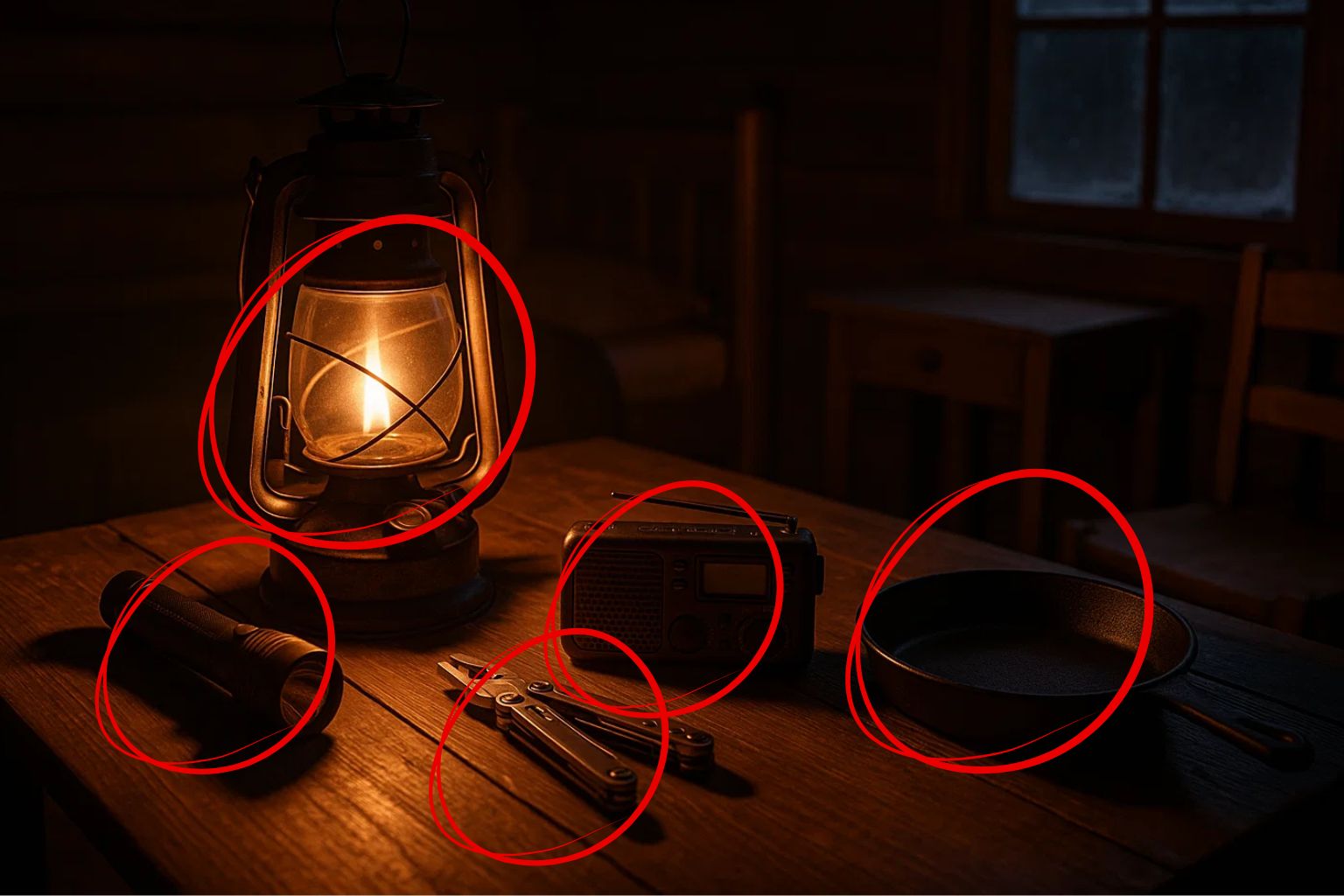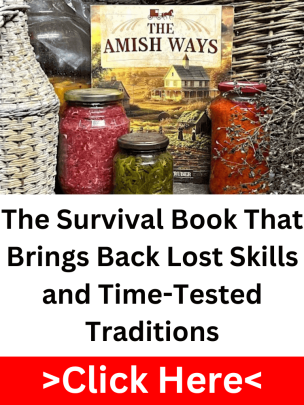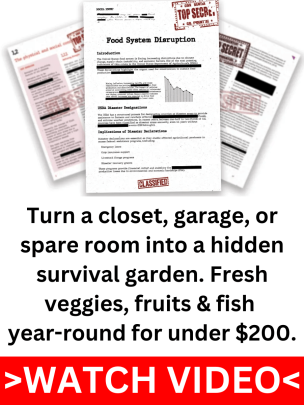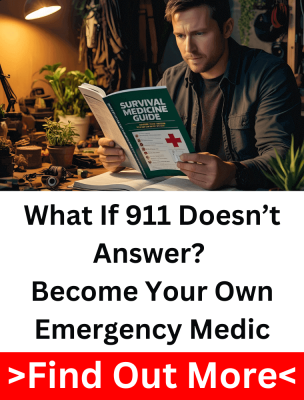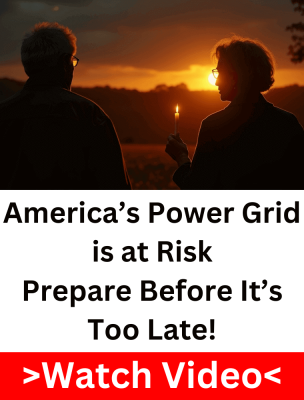It started like so many headlines we’ve gotten used to skipping past, another protest, another big city on edge. But it wasn’t overseas or in a far-off, unstable place this time. It was Los Angeles. ICE raids set off a chain reaction that spiraled fast. Within days, downtown was locked down, National Guard troops were on the streets, and regular Americans were suddenly facing looting, blocked roads, flash-bangs, and fear. If you think urban chaos gives you time to prepare, think again. L.A. had none. And that’s the real warning.
Most folks picture “collapse” as something that creeps in slowly, with months of signs and buildup. But the truth is, it often explodes in a matter of hours. We’ve entered a new era where urban civil unrest survival isn’t just something for overseas contractors or warzone reporters; it’s now something every American in a city or suburb needs to understand. L.A. is just the latest proof that normal life can vanish fast. What happened there isn’t the exception; it’s the new playbook. And if you’re not ready, you’re a step behind already.
What Happened in L.A.?
It didn’t start with explosions or gunfire. It started with paperwork, ICE raids in the L.A. Fashion District, at Home Depot, and even at local churches. By the time word got out, it wasn’t just immigration activists out there. The streets filled up fast. Within 48 hours, things shifted from peaceful protest to a full-blown urban powder keg. Concrete was being thrown at cops, fireworks exploded in the streets, and tear gas filled the air. What began as outrage turned into organized chaos.
The city responded the way governments do when they’ve lost control, by sending in troops. Nearly 3,000 armed personnel hit the ground, a mix of National Guard and Marines, fanning out across key intersections and federal buildings. Curfews were declared, roads blocked, and entire neighborhoods locked in. Waymo pulled its vehicles from the streets. Businesses were smashed or set on fire. Local news outlets had to pull reporters back after over two dozen were injured or targeted. This wasn’t some fringe neighborhood in collapse; this was the heart of one of the most iconic cities in the country.
That’s what makes this moment different. L.A. didn’t fall because of a hurricane or foreign threat. It was civil unrest, sparked from inside, fast-moving, and nearly impossible to control once it got rolling. And if you think your town is safer, smaller, or somehow exempt, take a hard look. L.A. looked like any other city in America… until it didn’t.
The Dangerous Lie of Feeling “Safe”
Most people living in cities or quiet suburbs walk around with this unspoken belief: “It won’t happen here.” They see images of unrest from places like Portland, Chicago, or now Los Angeles, and they still think their zip code makes them untouchable. That illusion of safety is exactly what keeps so many Americans vulnerable. They go to work, go out to dinner, and leave their cars parked on the street, thinking the world outside their door is stable, until it’s not.
The truth is, by the time people realize they’re in the middle of a crisis, it’s already too late to start prepping. Roads are blocked, shelves are bare, and emergency services are overwhelmed or just not coming. That’s why urban civil unrest survival starts long before the first protest sign is raised or the first window gets smashed. It starts with a mindset. You either prepare like it could happen to you, or you gamble and hope you’re not the one stuck without options when the city flips.
The Moment Things Turn
It always feels like it’s happening somewhere else, until it’s right outside your window. One minute, the streets are noisy but peaceful. People are chanting, waving signs, and police are standing around watching. Then something shifts. A line of cops tightens formation. A handful of protesters split off into alleys. A bottle gets thrown. That’s when it hits. The first bang. Screams. People scattering. The air goes thick with tear gas. And just like that, you’re not witnessing a protest anymore, you’re caught in an urban storm.
It’s not dramatic like a movie. It’s confusing. Traffic jams out of nowhere. Sirens echo from every direction. Stores slam their shutters shut while customers are still inside. Cell service gets spotty. You start seeing people with backpacks running, not away from danger, but toward it. Then the smoke rolls in, and the panic becomes contagious. By the time you realize what’s going on, your safe zone has shrunk to the four walls around you.
There are signs if you know what to look for. When large crowds start to bunch or splinter without a clear reason, something’s brewing. If you hear the crowd go dead silent after hours of noise, that’s not peace, that’s anticipation. Watch the police, too. If they start retreating, tightening their lines, or putting on riot gear, they know what’s coming. And if public transport suddenly pauses service or reroutes, get moving fast. That’s a tactical signal, not a coincidence.
What happened in L.A. showed how quickly the switch flips. There’s no warning bell, no formal announcement. Once the mood turns, it spreads like fire. The streets don’t belong to the public anymore. They belong to whoever’s willing to move fast, stay hidden, or hit hard. If you don’t recognize that moment and react fast, you lose precious minutes that could make all the difference.
How to Stay One Step Ahead
The folks who make it through situations like what happened in L.A. aren’t the ones who react fast; they’re the ones who saw it coming and got ahead of it. Spotting unrest early is half the battle. If you’re still relying on the evening news to warn you, you’re already behind. Pay attention to local social media feeds, community watch pages, and scanner apps. If you start seeing warnings about demonstrations, protests, or disruptions, even if they seem harmless, that’s your cue to shift into prep mode. Don’t wait for it to be official. By then, it’s too late.
The key is to look like nobody is worth noticing. That’s what the “grey man” mindset is all about. Don’t dress in flashy outdoor gear or anything tactical. Neutral colors, no logos, nothing that stands out. Leave expensive jewelry, stickers on your car, or anything that screams “I’m prepared” at home. During urban survival during riots, the last thing you want is attention. Blend in. Be forgettable. Stay small.
If you have to move, know your routes in advance and avoid the big ones. Major highways, bridges, and main intersections are the first to clog up or get shut down. Plan multiple backup routes out of your area. Better yet, walk or bike if possible; vehicles are targets. Keep your tank at least half full, and have a “get-out” bag in the trunk. And here’s a lesser-known tactic: consider cache staging. Leave a small emergency kit with a trusted friend across town or stash a backup bag in your work vehicle. If you’re ever separated from home, that gear could be the bridge between danger and safety.
Even if you’re sheltering in place, gear still matters. Keep a mask and goggles nearby, tear gas doesn’t care if you’re part of the crowd or just caught in the wind. Stash some cash (ATMs may go down), and have a battery-powered radio to track updates if the grid or cell service drops. These small tools make a big difference when chaos knocks out your usual comforts. And yes, have food and water set aside, but don’t forget the gear that keeps you alert, informed, and breathing clean air.
But the biggest tool is mental clarity. You need to know when to leave and when not to. If it looks like things are turning, but roads are still open, that might be your best window. If you’ve missed your chance, don’t panic trying to outrun it. Lock in, stay low, and let it pass. People who make panic moves during unrest often end up right in the thick of it. Calm decisions, made early, are what keep you and your family safe when things start spinning.
When Bugging In Becomes the Only Option
Sometimes the safest move is staying right where you are. When the streets outside are boiling over with chaos, when roads are blocked or too risky to drive, bugging in becomes your best, and sometimes only, option. We saw it in L.A. Just hours after the protests turned violent, entire blocks were shut down. People who were out shopping or working had no way home, and those already inside found themselves locked in, with no clear idea of how long it would last.
The key to riding it out safely is having your home ready long before the noise starts. Secure your doors and windows, double locks, door braces, and blackout curtains go a long way. Keep at least two weeks of food and water on hand, along with flashlights, batteries, and alternative light sources that don’t draw too much attention. Don’t forget an emergency toilet setup in case water service gets cut. And always have a backup plan, if you had to exit on foot, where would you go, and how would you get there?
When the city outside is lit up with sirens and shouting, quiet survival becomes critical. Don’t light up your whole house like it’s business as usual. Keep noise down, lights low, and avoid going in and out unless necessary. Your goal isn’t to act like you’re fortified, it’s to act like no one’s home. In situations like these, being invisible can be just as powerful as being armed. Urban bug-in plan success isn’t about how tough your gear is; it’s about how smart and silent you can be when trouble is right outside your door.
Your Home Isn’t Safe Without This
A lot of folks think that if they live in a calm neighborhood, they’re in the clear. But chaos doesn’t care about property values. When civil unrest spreads, it spills into places people never expect. That’s what happened in parts of L.A. that hadn’t seen a single protest in years, until suddenly they were dealing with looters looking for soft targets. And the truth is, most homes are soft targets. A deadbolt and a hope aren’t going to keep anyone out if things go sideways.
Physical home fortifications are what turn your house from vulnerable to hardened. Reinforce your doors with strike plates and door bars. Use window security film or screw in plywood panels if the situation starts to heat up. Keep exterior lights on a motion sensor and cut down any shrubs near windows, as they make great hiding spots. If you can make your home look like it’s not worth the effort, most threats will move on. You don’t have to turn your house into a fortress, just make it tougher than the one next door. When chaos is looking for an easy target, don’t be the one who looks like a green light.
What L.A. Should Teach All of Us
If L.A. proved anything, it’s that peace is fragile, and normal can disappear without warning. One moment you’re going about your day, and the next, sirens, smoke, and confusion surround you. What happened there wasn’t some distant warning; it was a real-life test of urban civil unrest survival, and thousands of people failed it because they believed it couldn’t happen to them. That mindset is the most dangerous threat of all.
This isn’t fear, it’s reality. If you’re reading this, you’ve already taken the first step by paying attention. Now take the next one. Secure your home. Build your plan. Learn how to move, when to stay, and what to keep close. Don’t wait for the flash-bangs to start echoing in your city. By then, the window to prepare will be gone, and all you’ll have left is what you did before it hit.







